Retro Replay Review
Gameplay
Dakar 2: The World’s Ultimate Rally delivers a robust rally simulation that faithfully channels the spirit of the legendary Paris-Dakar event. Players embark on a twelve-stage journey beginning in the streets of France and culminating on the sands of Dakar, traversing cities, forests, and harsh desert landscapes. The rally mode challenges you to balance speed with navigation, as finding checkpoints quickly can spell the difference between victory and defeat. The open desert stages shine in particular, granting freedom of movement that rewards careful route planning and sharp reflexes.
(HEY YOU!! We hope you enjoy! We try not to run ads. So basically, this is a very expensive hobby running this site. Please consider joining us for updates, forums, and more. Network w/ us to make some cash or friends while retro gaming, and you can win some free retro games for posting. Okay, carry on 👍)
Vehicle selection plays a central role in Dakar 2’s gameplay, offering officially licensed cars, trucks, and bikes from the 2002 rally. Each vehicle class provides unique handling characteristics: nimble bikes require precise throttle control, trucks deliver torque but demand patience, and cars occupy the middle ground with balanced performance. The restriction that only vehicles of the same type compete in a single race streamlines multiplayer and rally events but also encourages players to master each class individually before switching.
Beyond the main rally mode, Dakar 2 includes an arcade racing mode and a local split-screen option for two players. Arcade mode unlocks all tracks and vehicles earned in rally, letting you replay favorite stages or experiment with new machine-track combinations. Split-screen racing is a welcome addition, enabling friendly competition through the same diverse environments. While the game lacks an online multiplayer component, its local head-to-head action still offers replay value for friends and family.
Graphics
Dakar 2’s visual presentation reflects its era, delivering solid environmental detail without pushing the hardware to its limits. City and forest stages feature recognizable landmarks, roadside vegetation, and textured roadways that help players gauge terrain changes. The desert environments stand out most, with rolling dunes, shifting sands, and dust trails that add atmospheric depth—though the draw distance occasionally flickers when cresting large dunes.
Vehicle models in Dakar 2 are well crafted, showcasing the distinctive shapes and liveries of Dakar 2002 entrants. Cockpit views reveal functioning dashboards, while external camera angles highlight turning wheels, suspension travel, and realistic mud splatters. Although textures can appear slightly pixelated up close, especially during high speeds, the overall impression supports the game’s immersive goals and demonstrates a commendable attention to detail for its time.
Lighting and weather effects add another layer to the graphical experience. Bright desert sun produces sharp shadows, while late-day stages bathe the terrain in warm hues. Occasional dust storms obscure distant horizons, demanding extra caution when navigating. Frame rates remain largely stable in solo play, though split-screen mode sometimes introduces minor slowdowns. Overall, the graphics effectively convey the vastness and unpredictability of off-road rallying.
Story
While Dakar 2 isn’t a narrative-driven title, it frames its races within the epic saga of the Paris-Dakar Rally, one of motorsport’s most grueling endurance events. Players take on the role of a rally competitor aiming to conquer the 6,000-kilometer course. Each stage represents a new challenge, be it tight city streets, winding forests, or the unforgiving Sahara sands. This progression mimics a career journey, fostering a sense of achievement with every completed leg.
The game uses minimal cutscenes and text briefings to set up each stage, allowing the racing action to remain front and center. Checkpoint markers and waypoint guidance are integrated seamlessly into the HUD, ensuring you always know where to aim next. This lean storytelling approach suits the genre: the thrill comes from personal triumphs and near-misses on the track rather than from scripted plot twists.
Unlocking vehicles and tracks serves as a form of reward narrative, reinforcing the feeling of advancement. As you conquer early stages, new machines become available in the garage, encouraging replay to improve times and experiment with faster or more durable rides. In this way, Dakar 2 weaves its “story” through gameplay milestones, offering motivation to push deeper into the rally and sharpen your skills.
Overall Experience
Dakar 2: The World’s Ultimate Rally offers a substantial rally sim experience that balances authenticity with accessibility. The depth of vehicle handling and the variety of terrains give each stage its own personality, challenging both newcomers and veteran racers. While the learning curve can be steep—especially on bike stages—gradual difficulty scaling and generous checkpoint timing help keep frustration at bay.
Replayability is a strong suit: the dual rally and arcade modes encourage multiple playstyles. Rally mode demands methodical racing and efficient navigation, whereas arcade mode invites all-out speed runs on unlocked tracks. The split-screen feature further extends longevity by letting two players duke it out in the same environments, though the absence of online multiplayer is a missed opportunity in today’s racing landscape.
For fans of off-road rallying and vintage motorsport titles, Dakar 2 delivers an engaging package. Its realistic vehicle roster, expansive stage design, and varied race formats provide hours of challenge. While not without minor graphical quirks and technical constraints of its era, the game remains a worthy tribute to the world’s ultimate rally—and a solid choice for anyone looking to tackle the sands of Dakar from their living room.
 Retro Replay Retro Replay gaming reviews, news, emulation, geek stuff and more!
Retro Replay Retro Replay gaming reviews, news, emulation, geek stuff and more!
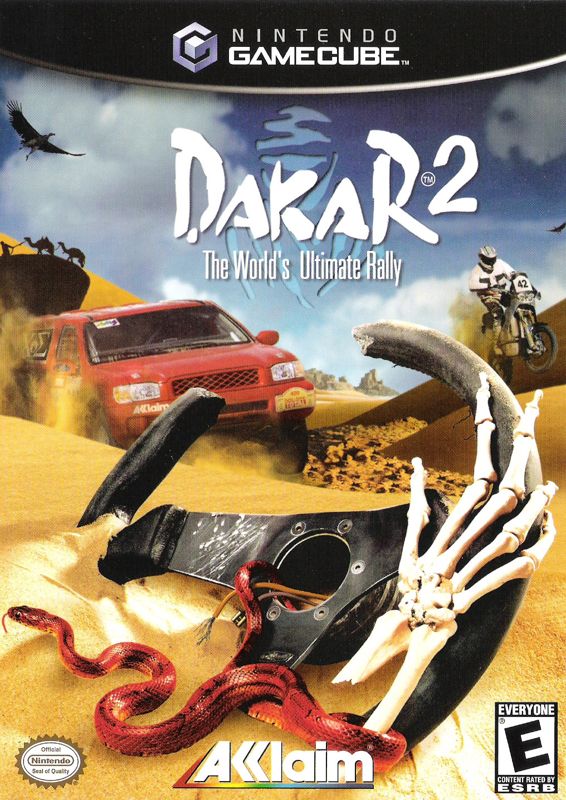
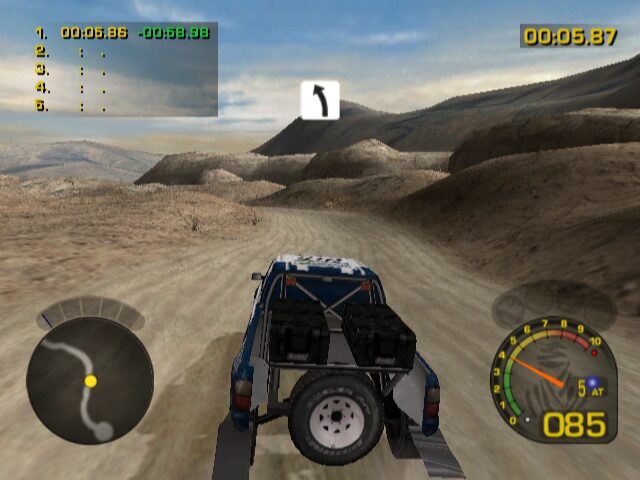

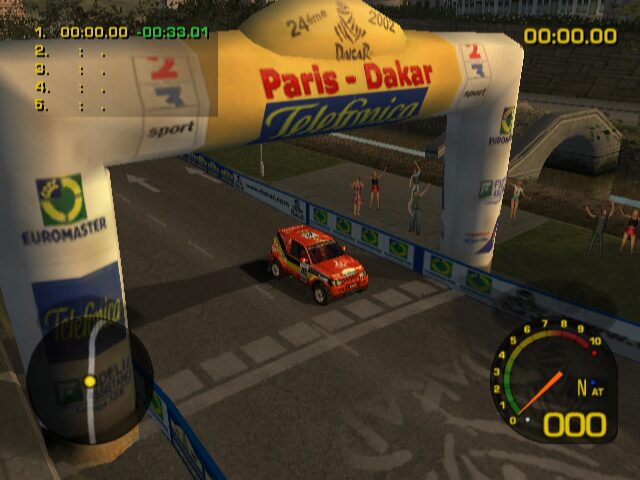
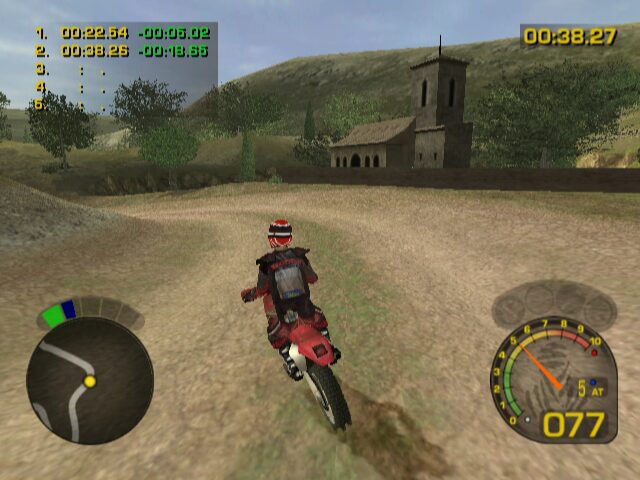
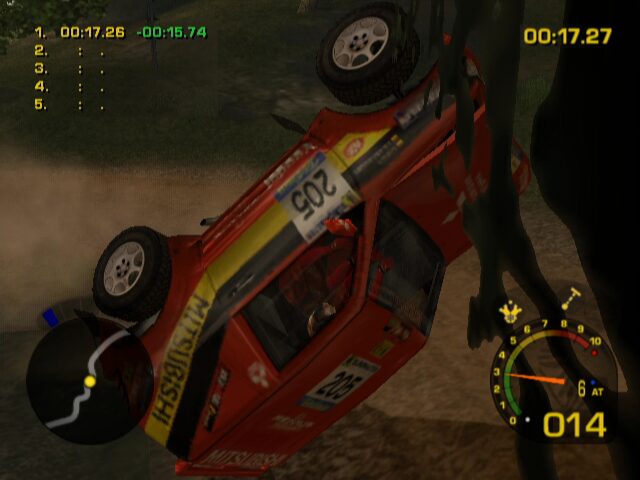

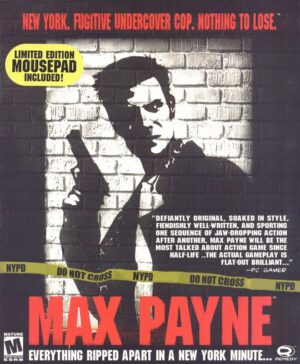

Reviews
There are no reviews yet.